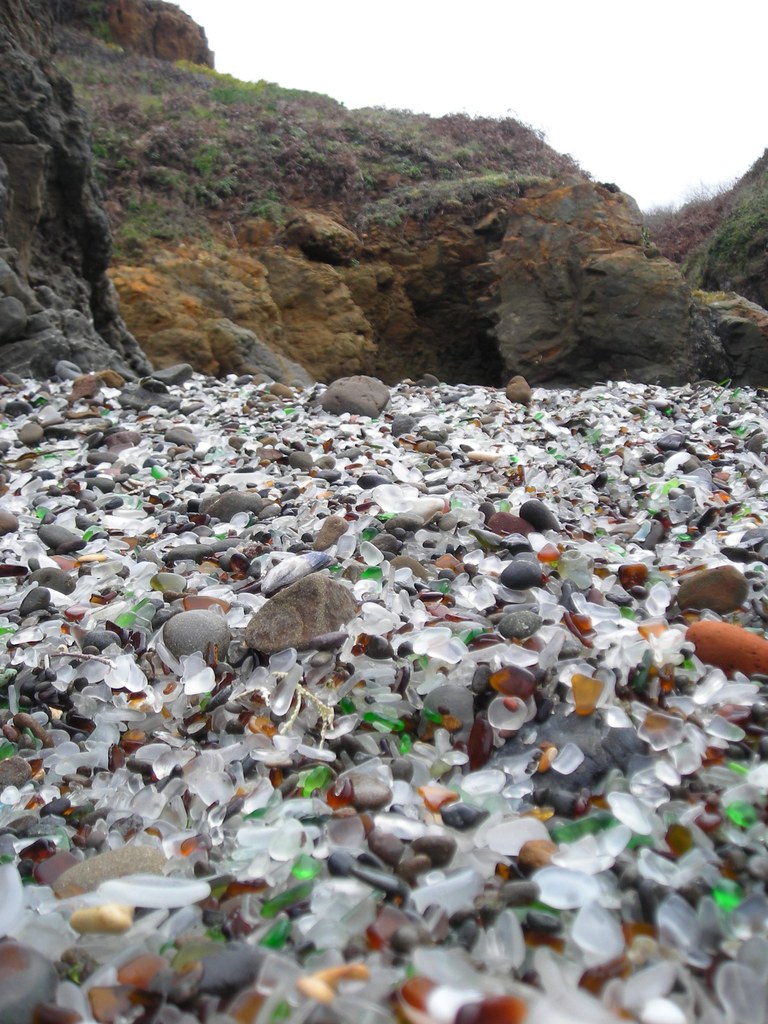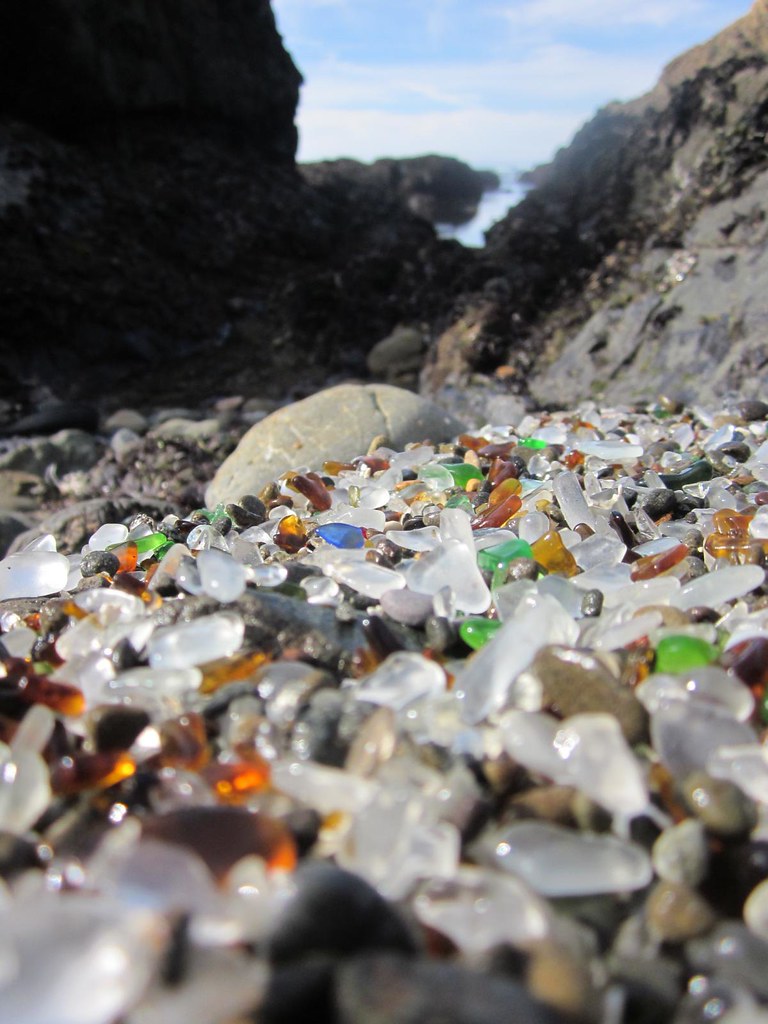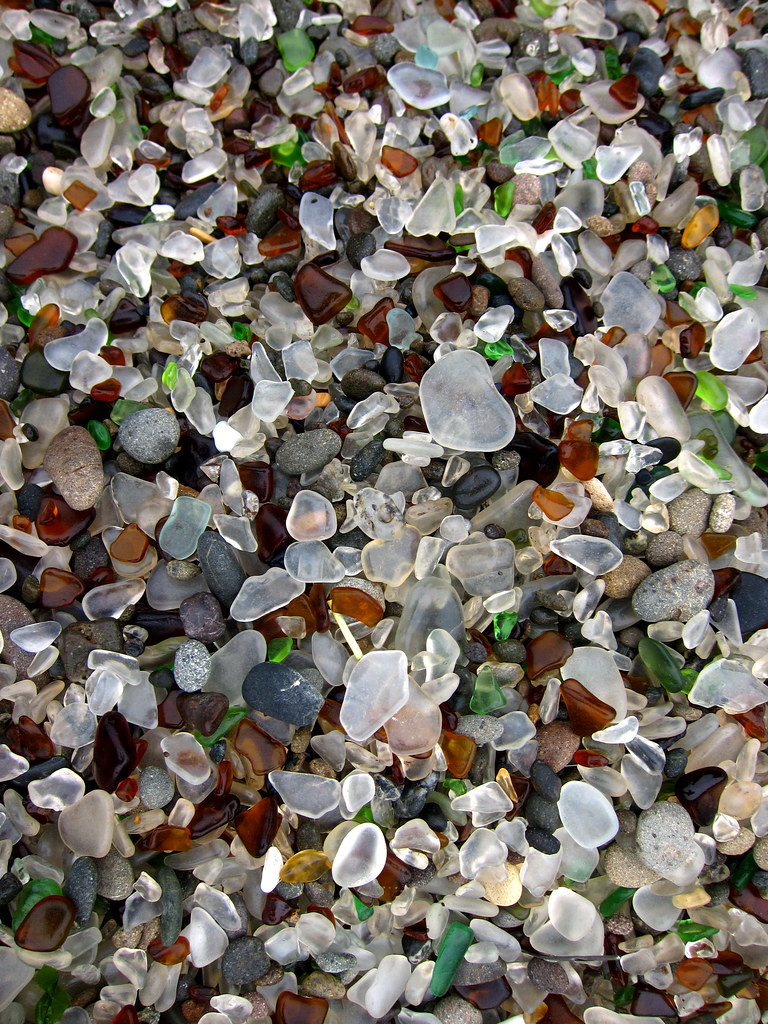The Seven Curiosities of the City
1. Open Space: Between Building and Urban Area

2.Walkability: Urban Form

3. Flow: Movement of People


4. Network

5. Metabolism

6. Power of Nature
7. Sustainability










A rare built example of Japanese Metabolism, a movement whose fantastic urban visions became emblems of the country’s postwar cultural resurgence, the 1972 Capsule Tower is in a decrepit state. Its residents, tired of living in squalid, cramped conditions, voted two years ago to demolish it and are now searching for a developer to replace it with a bigger, more modern tower. That the building is still standing has more to do with the current financial malaise than with an understanding of its historical worth.



